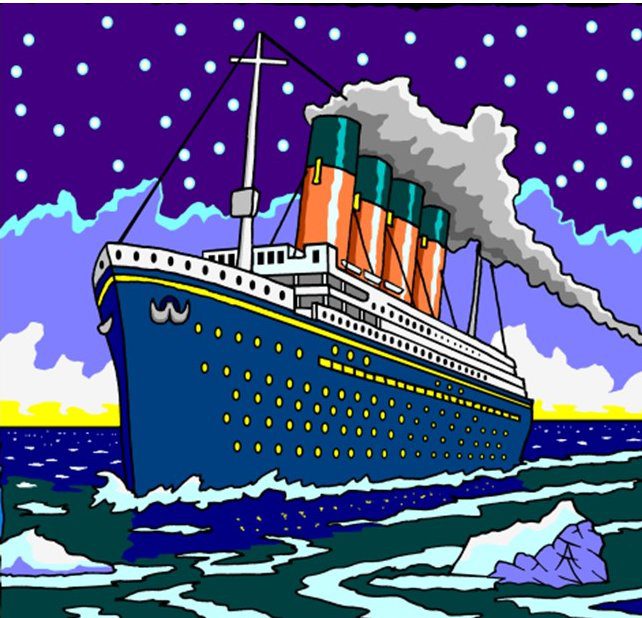
It was a clear, sunny day at 12.13pm on May 31st 1911, when amid much celebration, the RMS Titanic was launched at the Harland and Wolff ship yard in Belfast. It took a further year for her superstructure to be completed and the ship’s sea trials finally began on April 2nd, 1912. Once completed, she was officially signed over to The White Star Line and set sail for Southampton, which was to be her home port, arriving shortly before midnight on April 3rd. On April 10th, 1912 she left Southampton on her maiden voyage, then it was on April 15th, that the RMS Titanic collided with an iceberg.
I decided to find out what happened to The White Star Line and what happened to it after the disaster of the ship of dreams?
Well, I found out that it was actually the Oceanic Steam Navigation Company, a British shipping company that had been built up by Thomas Ismay, who bought a bankrupt shipping company for just £,1000 (£90,638 in today’s money). He built it into what eventually became one of world’s most famous shipping lines, the Cunard Line. He built it up with a simple USP that was to provide steady and comfortable passage for both upper class travellers and, more importantly, immigrants.
Thomas Ismay did this even though there were tragic losses, the wrecking of RMS Atlantic at Halifax in 1873, the sinking of RMS Republic off Nantucket in 1909, and HMHS Britannic in 1916 while serving as a hospital ship. Then there was the major disaster of the RMS Titanic in 1912.
 Our satellite channel Educational Musicals has published a musical THE SHIP OF DREAMS – The Voyage of the RMS Titanic.which tells the story of the 2,235 passengers and crew on board on that fateful day.
Our satellite channel Educational Musicals has published a musical THE SHIP OF DREAMS – The Voyage of the RMS Titanic.which tells the story of the 2,235 passengers and crew on board on that fateful day.
To download it today click on THE SHIP OF DREAMS – The Voyage of the RMS Titanic.
Isn’t History Fun?
10 questions to discuss:
- Beyond the Titanic, what were some of the White Star Line’s most notable achievements and contributions to maritime history?
- How did the sinking of the Titanic impact public perception of the White Star Line? What were some public criticisms or accusations they faced?
- Did the company face any legal or financial consequences following the Titanic disaster?
- Did the White Star Line implement any significant changes in safety regulations or ship design after the disaster? If so, what were they?
- Did other shipping companies learn or benefit from the Titanic tragedy in terms of safety protocols?
- How did World War I impact the White Star Line’s operations and financial situation?
- What factors ultimately led to the White Star Line’s merger with the Cunard Line in 1934?
- Did the merged company retain any elements of the White Star Line’s brand or legacy?
- Looking back, do you think the White Star Line was unfairly blamed for the Titanic disaster, or were there legitimate criticisms of their actions?
- What wider lessons can we learn from the story of the White Star Line, beyond the specifics of the Titanic?
These questions are to promote critical thinking and encourage analysis of:
- The company’s history and accomplishments beyond the Titanic.
- The public’s response and potential blame placed on the White Star Line.
- The impact of the disaster on safety regulations and maritime industry practices.
- The company’s evolution and eventual merger, considering broader historical context.
- The lasting legacy and potential learning points from the White Star Line’s story.
For more about the White Star Line

